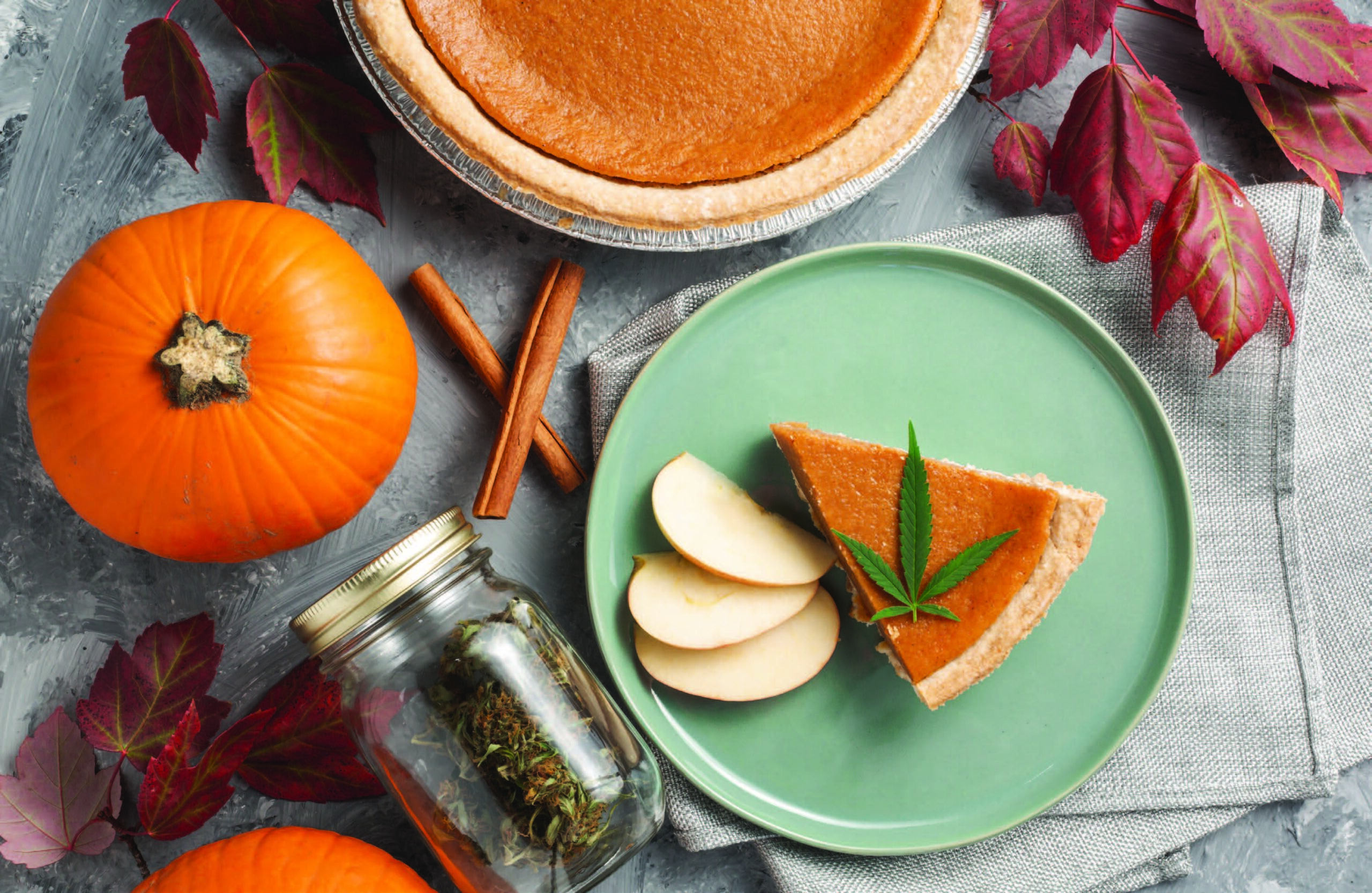I couldn’t have been more proud of Durango when they announced the winners of this year’s Great American Beer Festival. Thousands of breweries enter their brews into GABF in Denver every year, a veritable shit-show of a festival that attracts pretzel-necklace-wearing beer geeks from all around the nation. It’s the perfect excuse to day-drink and sample some the best breweries around (especially if you’re willing to wait in a long line for the popular ones).
Colorado, California, and Oregon usually reap in the medals, but the competition gets steeper and steeper every year. This year saw a record number of 2,404 breweries, which entered 8,496 beers at the festival (as opposed to the 516 breweries bringing 3,523 beers back in 2010). So, the fact that two Durango breweries won gold – Steamworks with best kölsch and Ska with their Oktoberfest for best Vienna-style lager – is a big deal.
It’s actually the perfect time of year to celebrate those victories by raising a glass of either brew. They’re both German-style beers, and they earned their medals on a fairly appropriate day: the same day Munich tapped the first barrel of beer to kick off the 185th annual Oktoberfest. As you may know, I’m a lover of all drinking holidays, and Oktoberfest ranks high on my list of celebration-worthy events. Any day you can drink German beer, eat all the sausages, and dress up in lederhosen is a good day (okay, I only wish I was cool enough to do that last one). I know Oktoberfest is more than just a drinking party; it’s actually the world’s largest two-week folk festival. But, millions of attendees aren’t flocking to Munich each year just to dance. They’re also drinking almost 7 million liters of beer while they’re there (that’s 14 million pints for us stubborn, non-metric adopters).
Oktoberfest beer may commemorate the annual festival, but it wasn’t always its flagship beer. These beers began as märzen bier, a full-bodied, coppery lager typically brewed in the spring. You see, before refrigeration, lagers were brewed in the cold, winter months and ready for immediate consumption. It was nearly impossible to control the temperatures during the summer, though, so the last beers brewed in the spring were called märzen. These beers had a higher alcohol content and a nice, malty backbone designed to withstand their long, summer cellaring. In the fall, they were ready to drink. Since the beer’s release coincided with the annual festival, they became known as Oktoberfest beers.
Over the years, these beers lost their high-gravity character, and dark, dunkel-like color. As lagering technology improved, Munich brewers were able to brew all summer long. And who wants to wait six months to drink a beer when you don’t have to? So, brewers adopted quicker-fermenting versions and we began to see Oktoberfests with lighter, more golden colors. These new beers were adapted from Austrian Vienna-style lagers, which ditched the length of toast of Munich-style malts in lieu of a lighter, more accessible style.
It’s not surprising that this easy-drinking Oktoberfest beer became a seasonal staple in the craft brewing industry. While they’re releasing them earlier and earlier every year (first it was August, then July… next year we’ll see them in June), they’re especially appropriate when the air becomes crisper and the leaves start to change colors. It’s the perfect time to reach for a light beer that has a little more body than a Pilsner. But, while you’ll only find Oktoberfest beers in the fall, there’s another super drinkable, year-round German-style beer that’s perfect for Oktoberfest celebrations.
Unlike most German beers, which use bottom-fermenting lager yeasts, the kölsch uses a top-fermenting ale yeast. There are many differences between the two types, and I’m not going to bore you with all the science. If you were to succinctly describe them, you would say that ale yeasts (which make IPAs, porters, stouts, wheat beers, browns, etc.) are fermented at warmer temperatures, whereas lager yeasts (for pilsners, märzen, bocks, Czech-style lagers, etc.) are fermented at lower temperatures. Kölsch is quite unique; it uses an ale yeast, but it’s fermented cooler than normal ales.
The result is a light, refreshing, almost crushable beer. These pale yellow ales have slightly fruity, almost grassy characteristics that finish crisp and clean. If you can’t decide what you’re in the mood to drink, a kölsch will probably satisfy. It’s completely quaffable on a hot summer day, but it has enough body and integrity to taste great sitting next to the fire on a cold day.
So, grab a can of each to celebrate Durango victory. While you’re at it, you might as well plan a visit to Munich for next year’s Oktoberfest. By the time this article is printed, this year’s festivities will be almost over – but that doesn’t mean you can’t still throw a party (and make sure my invite doesn’t get lost in the mail).
Lindsay D. Mattison is a professional chef and food writer living in Durango. She enjoys long walks in the woods, the simplicity of New York-style cheese pizza, and she’s completely addicted to Chapstick. Contact her at [email protected].













